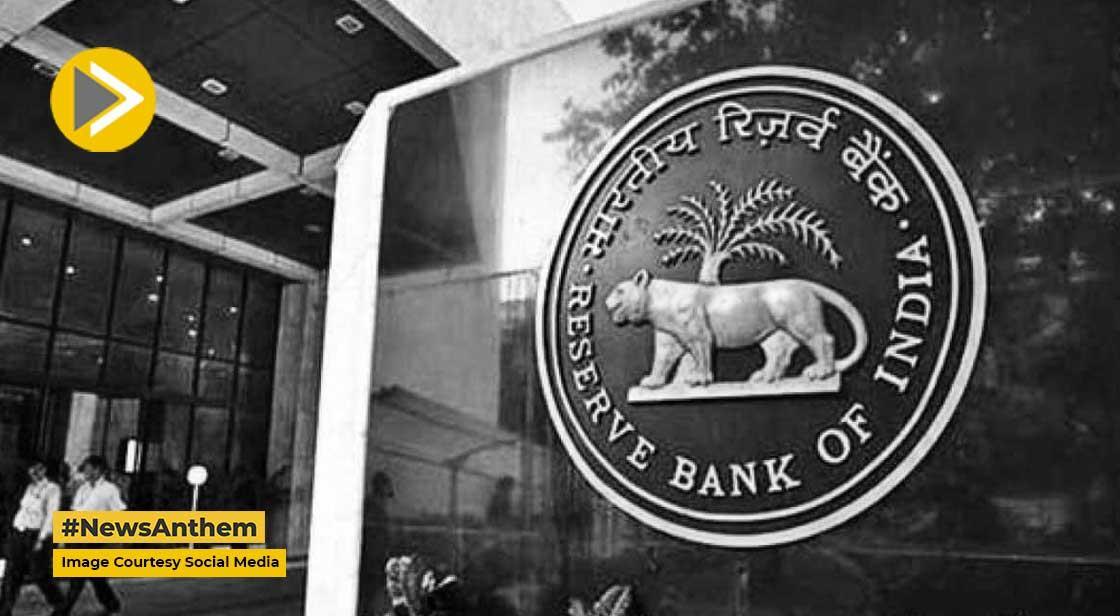RBI Cuts Repo Rate by 50 bps, Shifts Policy Stance to Neutral: 5 Key Highlights

News Synopsis
The Reserve Bank of India (RBI) concluded its three-day Monetary Policy Committee (MPC) meeting on June 6, 2025, with several important decisions aimed at supporting economic growth and maintaining price stability. RBI Governor Sanjay Malhotra detailed the outcomes of the meeting, which included a rate cut, change in policy stance, and adjustments to liquidity management.
Top 5 Takeaways from RBI’s Monetary Policy Announcement
1. 50 bps Cut in Repo Rate to Boost Growth
The RBI has reduced the repo rate under the liquidity adjustment facility (LAF) by 50 basis points, from 6.0% to 5.5%. This move is expected to lower borrowing costs and support demand.
“The policy repo rate under the liquidity adjustment facility [is reduced] by 50 basis points to 5.5%. This is the immediate effect. Consequently, the standing deposit facility rate, which is the STF rate, shall stand adjusted to 5.25% and the marginal standing facility MSF rate and the bank rate shall stand adjusted to 5.75%,”
— RBI Governor Sanjay Malhotra
The Standing Deposit Facility (SDF) is now at 5.25%, while both the Marginal Standing Facility (MSF) and Bank Rate are at 5.75%.
2. Policy Stance Shifted from Accommodative to Neutral
The Monetary Policy Committee has decided to move away from its earlier accommodative position and adopt a “neutral” stance, signaling a more data-dependent and balanced approach moving forward.
“From here onwards, the MPC will be carefully assessing the incoming data and the evolving outlook to chart out the future course of monetary policy in order to strike the right growth-inflation balance. The fast-changing global economic situation necessitates continuous monitoring and assessment of the evolving macroeconomic outlook,”
— Governor Malhotra
This shift follows a total rate cut of 100 bps since February 2025.
3. CRR Reduced to Inject System Liquidity
To boost liquidity in the banking sector, the Reserve Bank of India (RBI) has announced a 100 basis points cut in the Cash Reserve Ratio (CRR), bringing it down from 4% to 3% of Net Demand and Time Liabilities (NDTL).
This phased reduction will occur in four tranches of 25 bps each, starting from:
-
September 6
-
October 4
-
November 1
-
November 29
The Reserve Bank of India anticipates that this measure will release approximately ₹2.5 lakh crore into the banking system by the close of November 2025.
4. Inflation Outlook Revised Downward
Reflecting ongoing disinflationary trends, the central bank has revised its inflation forecast for FY26 to 3.7%, which is comfortably below the RBI’s 4% target threshold.
“Food inflation outlook remains soft, core inflation outlook to remain benign,”
— Governor Malhotra
Retail inflation had already declined to 3.16% in April, indicating sustained price stability.
5. GDP Growth Projection Pegged at 6.5% for FY26
The RBI has projected real GDP growth for the financial year 2025–26 at 6.5%. The quarterly breakdown is as follows:
-
Q1 (Apr–Jun): 6.5%
-
Q2 (Jul–Sep): 6.7%
-
Q3 (Oct–Dec): 6.6%
-
Q4 (Jan–Mar): 6.3%
These figures reflect a cautiously optimistic outlook amid a stable macroeconomic environment.
Conclusion
The June 2025 monetary policy announcement from the Reserve Bank of India underlines a strategic shift in approach amid changing global and domestic economic dynamics.
With a cumulative 100 basis point rate cut since February and the latest 50 bps reduction, the RBI is clearly prioritizing growth while keeping inflation under control. The decision to shift to a "neutral" stance signals more cautious policy calibration ahead, based on evolving data. The phased CRR cut is another significant move aimed at ensuring long-term liquidity support to banks, thereby encouraging lending and stimulating economic activity.
A downward revision in inflation projections and a solid 6.5% GDP growth forecast for FY26 reflect the RBI’s confidence in India’s macroeconomic fundamentals. Overall, the announcement sends a strong message of balance—between monetary easing and inflation management—anchored in responsive, evidence-based policymaking.
You May Like









